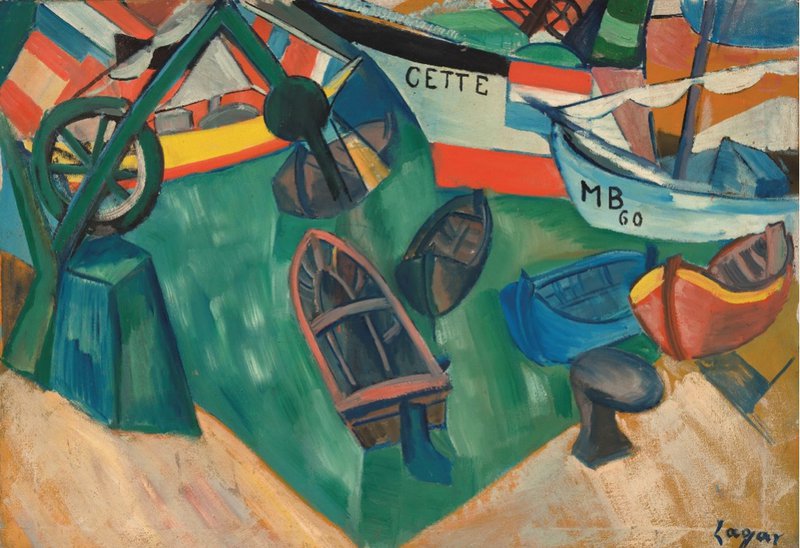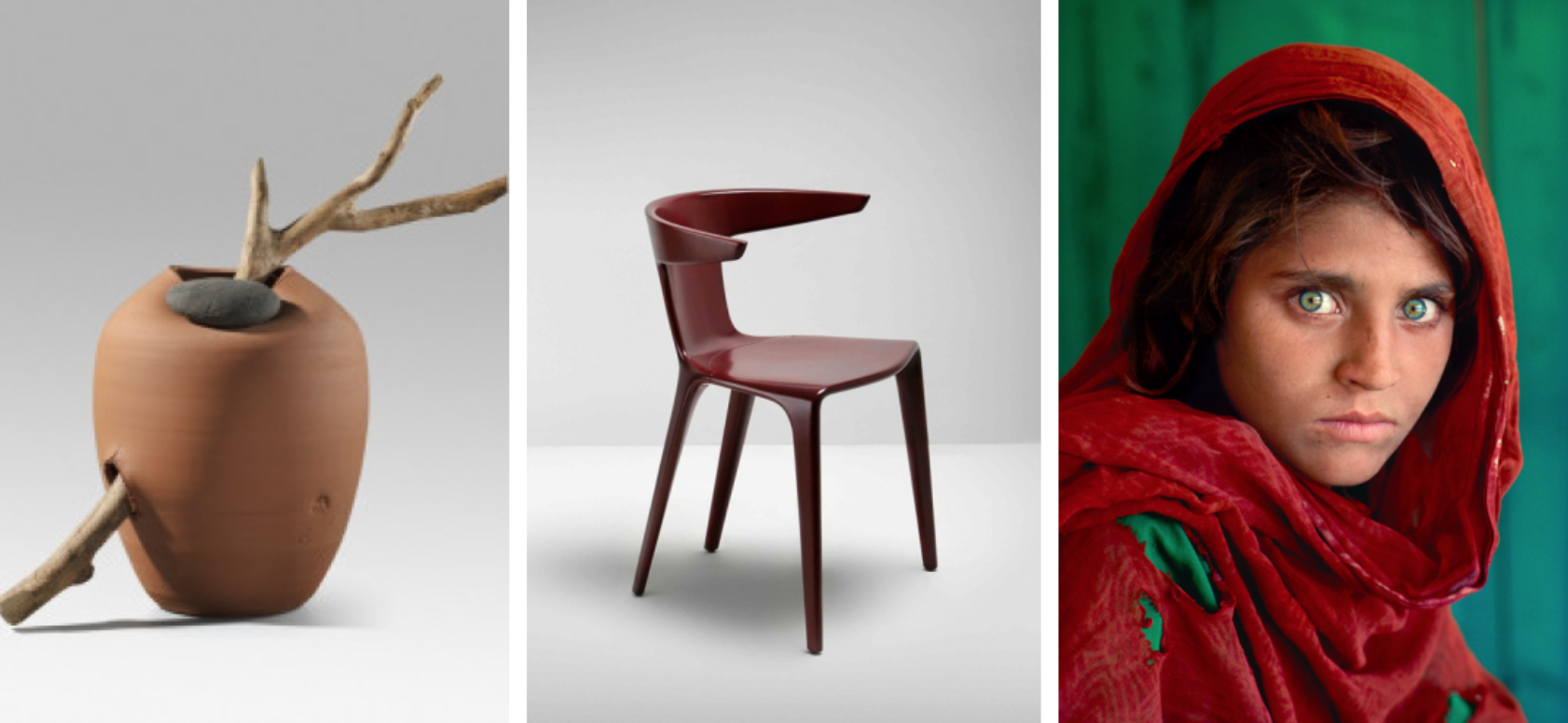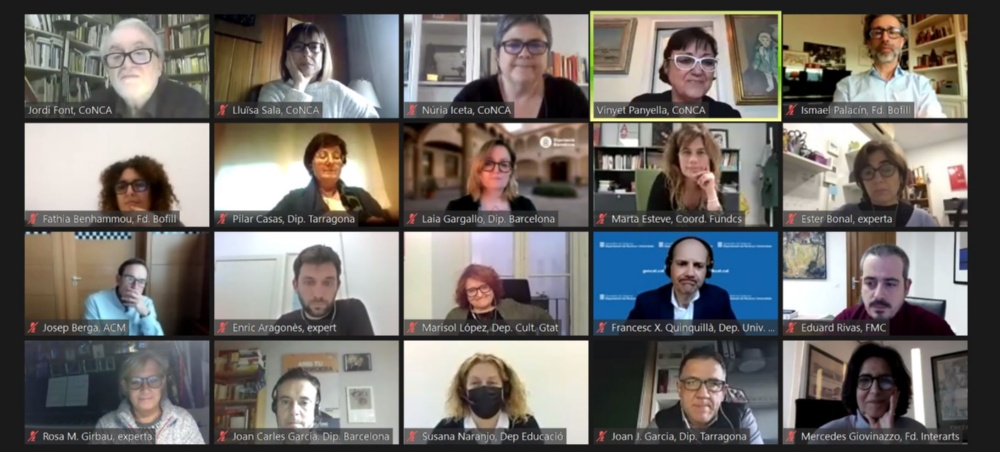Exhibitions
Lagar: the circus painter

Under the curation of M. Lluïsa Faxedas, the exhibition Lagar / Begué, which can be visited at the Girona Art Museum until March 6, 2021, is the first attempt to review the life and work of the painter Salamanca Celso Lagar Arroyo (Ciudad Rodrigo, 1891 - Seville, 1966) at a key moment in his career, which spans the years he spent in Catalonia: between 1915 and 1918. In these years, there are documented four exhibitions in Galeries Dalmau and Galeries Laietanes in Barcelona, an exhibition at the Sala Athenea in Girona, an active presence in some group exhibitions and their participation in the artistic movements that were developing in our country, located in the 'avant-garde orbit with the creation of its own ism, planism. The son of a carpenter dedicated to religious commissions, Lagar began his career as a sculptor in his father's workshop in Ciudad Rodrigo.
He became associated with Modigliani, who portrayed him twice, Derain and Metzinger, and developed much of his work in France, where he settled permanently in 1919. Landscapes, still lifes and circus scenes influenced by of Picasso, during the 1920s Lagar recovered a classicist figurative language. Lagar's planning is the first of many artistic styles to emerge in the Spanish avant-garde of the early twentieth century. The work Port of Bilbao is one of the most significant examples of this ephemeral movement of life that lasted only from 1915 to 1920 and that combined elements from Fauvism, Futurism and Cubism. The space of Lagar's planist paintings is organized in large planes of pure colors and, despite its two-dimensionality, the painter highlights the geometric volumes of the objects.
Celso Lagar va ser un artista bandejat tot i la seva importància cultural en el panorama artístic tant català com espanyol, però encara va ser més ignorada la seva companya, l'escultora francesa Hortense Begué (1890- 1957), amb qui va exposar conjuntament en several times and with whom he shared his stay in Catalonia and Girona. This exhibition is responsible for giving him visibility and shows, for the first time, a retrospective of his work and, in parallel, he dedicates an academic study to it in the exhibition catalog. His work of the twenties and thirties, very focused on the world of circus and fairgrounds, on the one hand, and landscapes, on the other hand, is the best known internationally.
In an interview, Lagar was asked why he had painted a woman with two heads. The artist replied that it was no special phenomenon. The journalist insisted: do you see two heads because he has a mirror behind him? Lagar said no again, that there were no mirrors behind him, but that he only painted one head, but as the heads move ... it gives the picture a sense of movement. This anecdote is just one example of the genius of Celso Lagar, an artist who, thanks to the Girona Art Museum, is beginning to place himself where he deserves.









